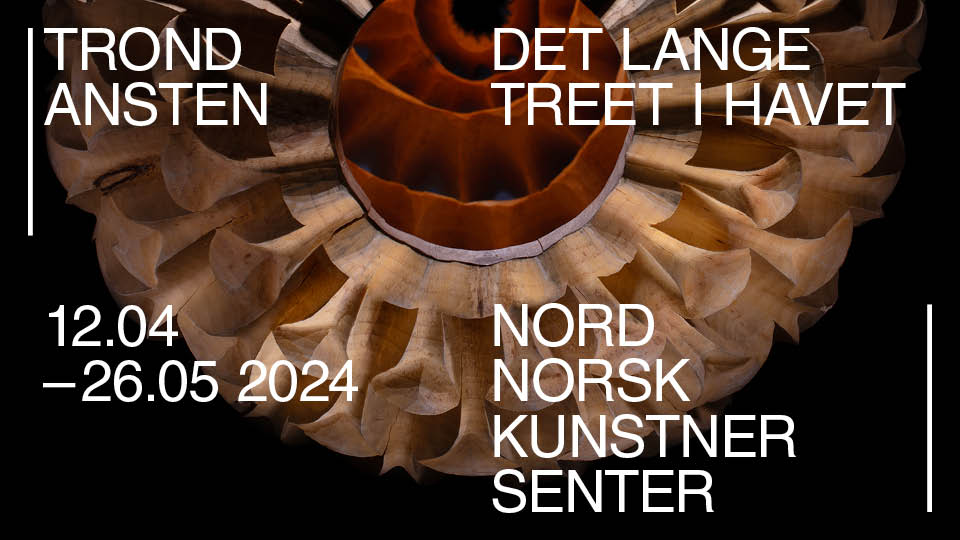
Per Inge Bjørlo’s first major retrospective exhibition opened 20 October at the Henie Onstad Art Centre (through 26 February 2012). In 1984 he showed Indre Rom I (Inner Room I) at the Centre, which in many ways introduced installation art to Norwegian institutions. It was also the first in a series of such presentations that established Bjørlo in the international arena, eventually involving his participation in biennials in Sao Paulo and Venice. The dramatic and tension-filled installations reflect the dark gravity in Bjørlo’s graphics and drawings, and succeed in creating a concentrated angst with the help of physical materials such as light, space, and heat. Indre Rom V (Inner Room V) is still one of the permanent installations at the Museum of Contemporary Art in Oslo, but many of the larger installations are now accessible only through documentary material. Bjørlo’s output spans graphic art, sculpture, drawing, and painting, and the exhibition at the Henie Onstad shows over fifty of his works across the media. He also opened 22 October a new exhibition, Ringspelet 2, at Galleri Riis in Oslo (through 20 November); together the two exhibitions, along with an upcoming publication from PAX Forlag, give a good representation of his multifaceted artistic work across thirty years.
How are the preparations for the exhibition going?
With much help from many people—the technical part is going well.
How is it to be back at the Henie Onstad, where you showed Inner Room I in 1984? And where Larger Body is also installed?


In 1984 there was also a milieu here with Per Hovednakk, who willed art. We were both young, and the confidence and dialog between us were new and open, ventilated, in contrast to the closed world of the National Gallery. Much has happened in the arena since then, but the Henie Onstad of today has much of the same pulse. A will toward art.
What did Inner Room I mean for you in 1984? And how do you see the work today?
A big sound reflected off Inner Room I, and it was decisive in finding a way forward—a kind of ethical debate that artists always lead. The sound is still there.
How have you and the curators at Henie Onstad chosen to work with the retrospective exhibition?
Karin Hellandsjø, who at the outset wanted the exhibition, and Caroline Ugelstad, the curator, have both had an eye on my work, which is a surprise, and they have also been affirmative about work I had finished and stored away long ago. Wonderful to have to look at it again… I myself chose to create a new installation that leads beyond and away from the retrospective.
You and the curators have chosen to show documentary material to represent the room installations that for obvious reasons are not accessible. Can that kind of materiality and physicality be represented by such documents?
Larger sculptures, room installations, etc., are discussed and presented in a coming book. A video from Inner Room I is the only «nonexistent» work. We know the earth is round but only see the horizon…

Have you discovered anything new, or found something that was forgotten, in looking back at your own work in connection with the exhibition?
Quite tiring to send vision backwards—but no, the work is in me.
When, how, and why did you become an artist?
In 1952, from sex, Spjelkavika made apparent with maturity…
You are called a pioneer in Norwegian installation art and graphic art. Who are your sources of inspiration?
Sverre Otto Y. had in himself all the opposition-filled powers that art is about—he gave us a flash of vision and is the greatest pioneer.
Can you mention some contemporary art works, art projects or practices that influence you today?
Within art I would single out Eva Hesse, Juan Muñoz, and Walter Pichler as important life/art projects.
What do you think you could change in the world of art?
Beyond my own art I can’t change anything. The reverberation of deep/genuine art will always survive and go further in young artists’ interpretations. I’m optimistic about and for the artists and am happy that so many young people choose to devote so much time to this obsession. Art is the most important metaphor!
Translation from the Norwegian by Richard Simpson.

















